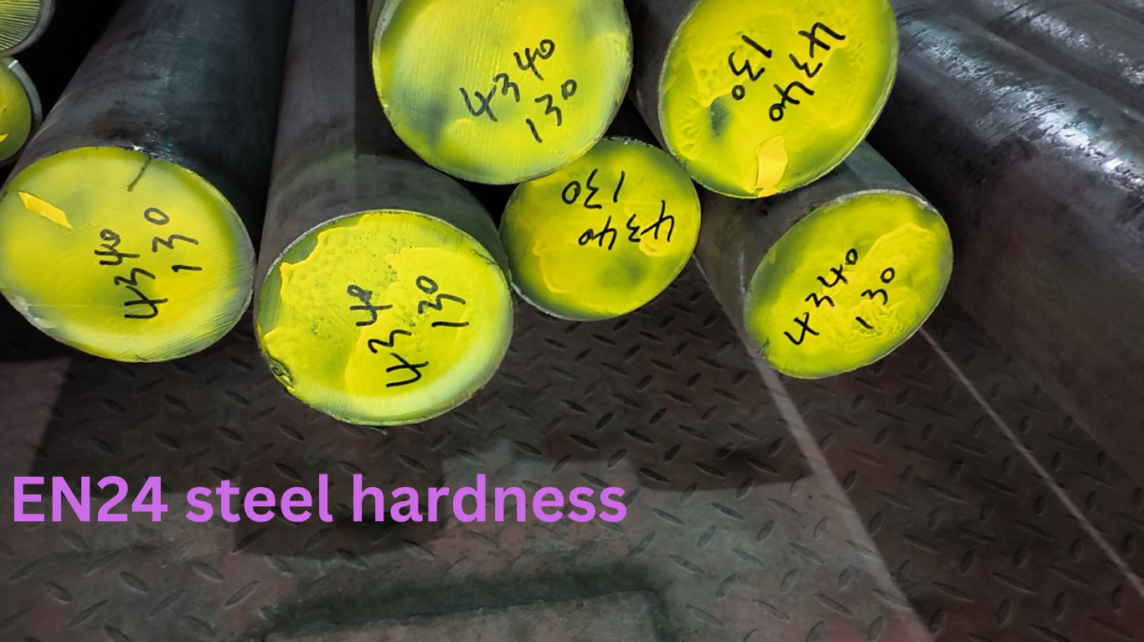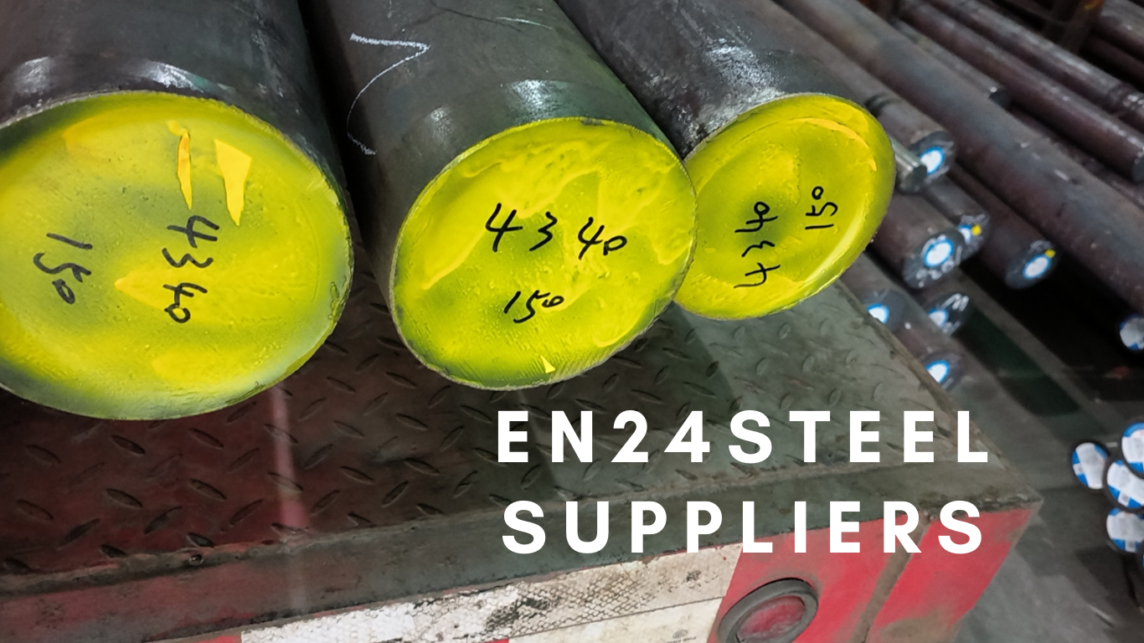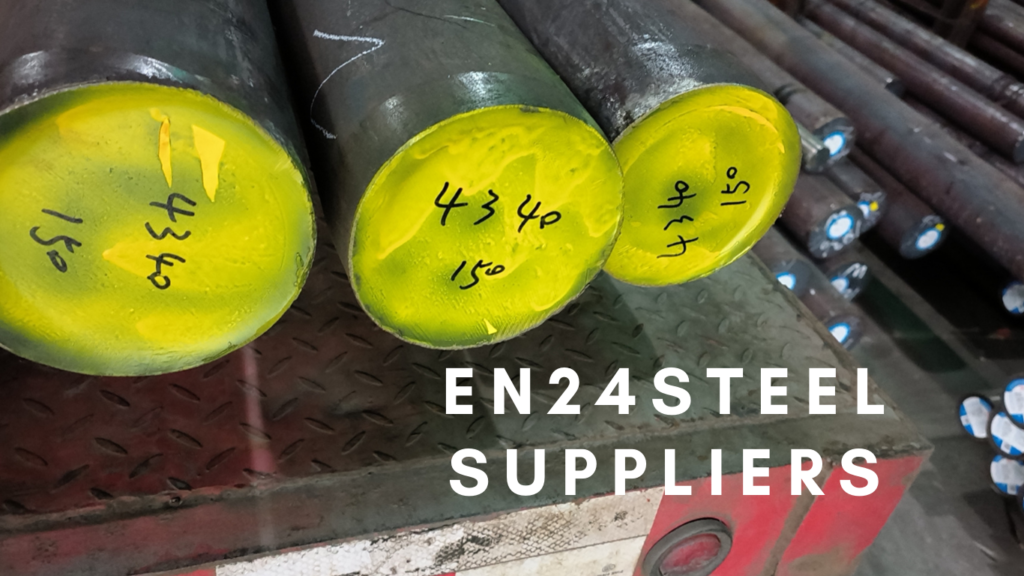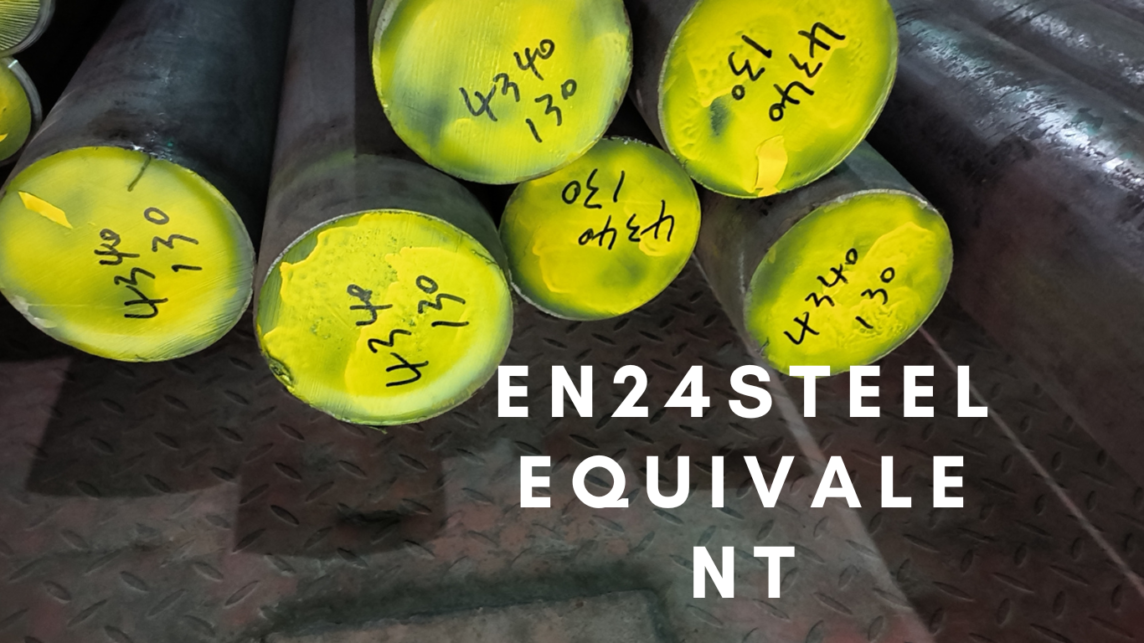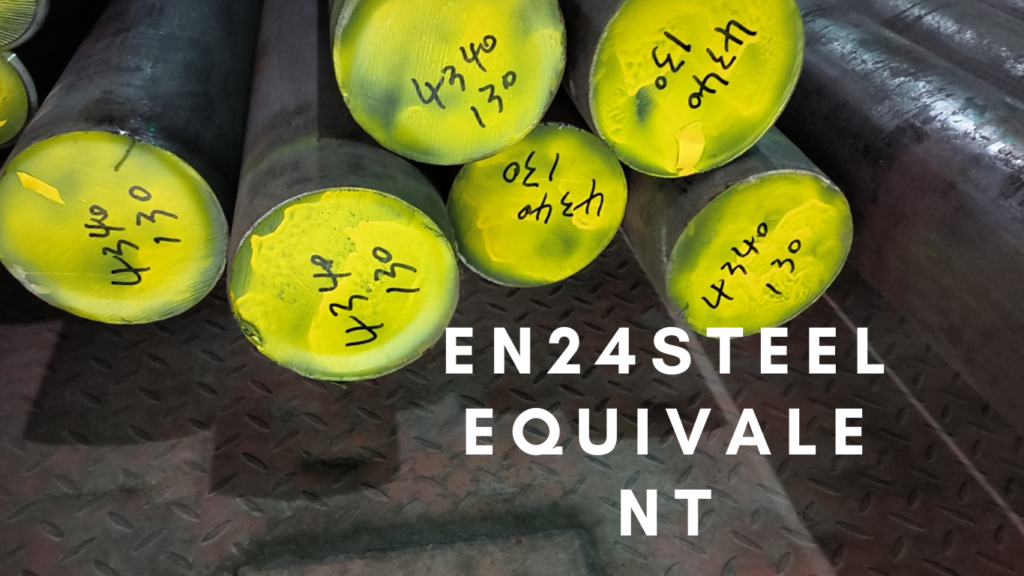Welcome to a comprehensive exploration of EN24 steel hardness! In this detailed guide, we will unravel the mysteries behind the hardness of EN24 steel, a high-performance alloy that has been trusted for over a century. Because of its special combination of qualities, especially its remarkable toughness, EN24 steel is favored in a wide range of sectors. Thus, you’ve come to the correct spot if you’re keen to learn about the nuances of EN24 steel hardness and its importance.
What Sets EN24 Steel Apart?
Before delving into the realm of hardness, let’s first establish what makes EN24 steel a standout performer. The composition of 1.5% nickel, 1% chromium, and 0.2% molybdenum accounts for its remarkable properties. With heat treatment, this alloy can have a wide range of tensile strengths, making it a reliable and versatile material for many uses.
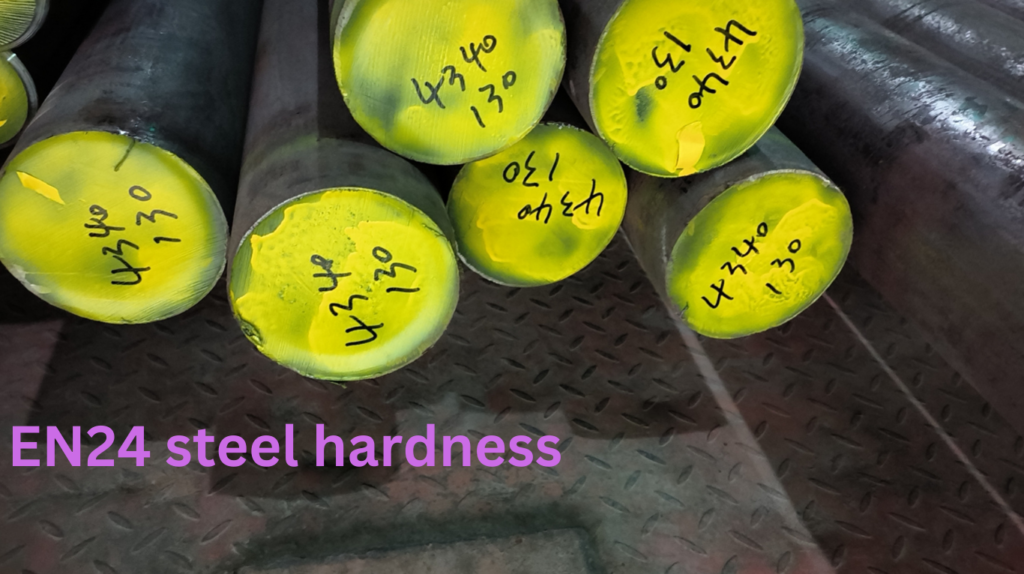 Decoding EN24 Steel Hardness
Decoding EN24 Steel Hardness
EN24 steel’s hardness is one of its most notable attributes. When in its heat-treated condition, it combines high tensile strength with remarkable resistance to shock. What’s more, EN24 steel retains good ductility even in low-temperature environments, ensuring its adaptability to diverse applications. In its annealed state, EN24 steel exhibits a machinability of approximately 53% of that of mild steel (070M20). In the EN24T condition, this value is around 35%-40% of mild steel. This means that EN24 steel can be effectively machined to meet specific requirements.
Applications of EN24 Steel Hardness
EN24 steel’s excellent hardness finds applications in various industries, such as manufacturing, aerospace, and automotive. Some notable uses include:
- Power transmission gears require maximum hardness.
- Cranks, axles, propellers, and gearbox shafts demand high tensile properties.
- Connecting rods, special cranks, and other components need to balance stiffness with toughness.
- Bolts, screwed parts, stub axles, and swivel arms where toughness is critical.
- Components for the plastics and rubber molding industry, like molds, hob retaining rings, and stop pins.
- Structural components with high tensile strength requirements.
Heat Treatment and Hardening
EN24 steel can undergo various heat treatment processes, including conventional hardening and tempering, plasma nitriding, nitriding, case hardening, carburizing, and more. Achieving specific hardness levels depends on factors like component size and shape. For instance, hardening and tempering involve heating the steel to 830-850°C and then quenching it in oil.
Mechanical Properties of EN24 Steel
The mechanical properties of EN24 steel vary based on its condition. For example, in the ‘T’ condition, it exhibits tensile strength ranging from 850-1000 N/mm², while in the ‘Z’ condition, it reaches up to 1550 N/mm².
Exploring EN24’s Rich History
EN24 steel has a history dating back over a century, with its roots in the steel mills of Sheffield. It was initially produced as a nickel chrome steel in the late 19th century. Over time, numerous steel producers worldwide developed their versions of this high-tensile alloy steel, with subtle composition differences.
Finding EN24 Steel Equivalents
Many countries created their equivalents to EN24, such as 4340 in the USA, 34CrNiMo6 in Germany, and 34NiCrMo8 in France. These foreign equivalents catered to local demands with slight variations in composition.
The EN24 Legacy
EN24 steel was officially recognized in 1916 under the British Engineering Standards Association (BESA) as ‘E.S.C. 1 ½ PER CENT NICKEL-CHROME STEEL.’ It later became part of the British Standards Institution (BSI) and saw a name change to 817M40 in 1970.
Conclusion
EN24 steel’s hardness is a key attribute that contributes to its wide-ranging applications. Understanding its properties and heat treatment options is essential when considering this alloy for your projects. Whether you’re in the automotive, aerospace, or manufacturing sector, EN24 Steel’s legacy and versatility make it a top choice for high-performance applications.
FAQs
What makes EN24 steel hardness unique?
EN24 steel uniquely combines high tensile strength with excellent shock resistance, making it suitable for applications requiring both strength and toughness.
Are there international equivalents to EN24 steel?
Yes, EN24 steel has international equivalents, such as 4340 in the USA, 34CrNiMo6 in Germany, and SNCM447 in Japan, with slight compositional variations.
How is EN24 steel heat-treated to achieve specific hardness levels?
EN24 can be heat-treated through various processes, including hardening and tempering, plasma nitriding, case hardening, carburizing, and more, to achieve desired hardness levels.
What are the typical applications of EN24 steel in the manufacturing sector?
EN24, especially in the EN24T condition, is used for power transmission gears, crankshafts, axles, connecting rods, and structural components requiring high tensile strength.
How has the steel’s nomenclature evolved over the years?
EN24’s nomenclature evolved from a unique brand name in the late 19th century to becoming part of British standards as E.S.C. 1 ½ PER CENT NICKEL-CHROME STEEL in 1916. In 1970, it was renamed 817M40.
If you need a high-quality supplier, don’t hesitate. OTAI Special Steel is a steel supplier known for its service and quality.
